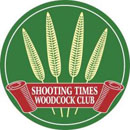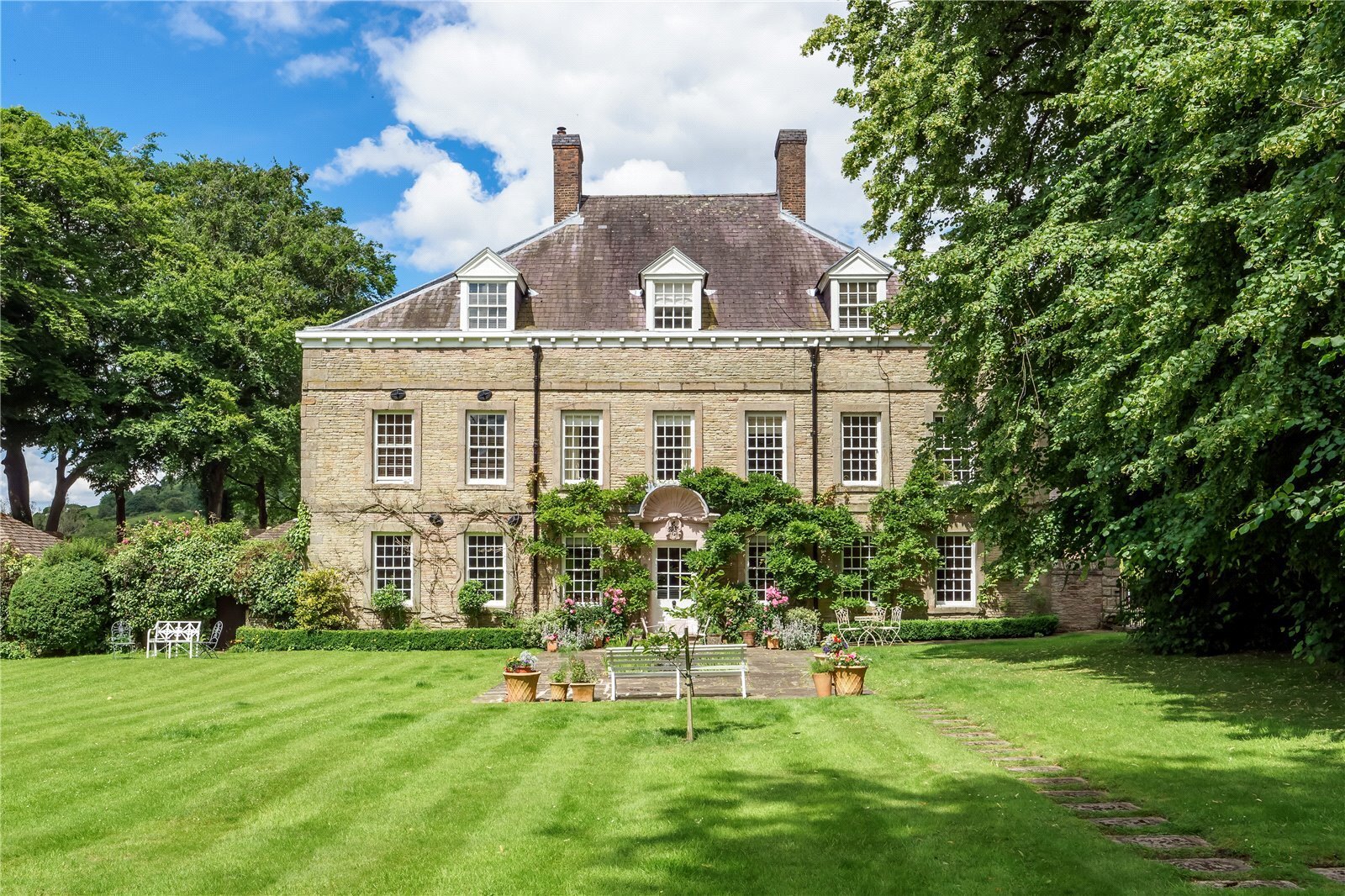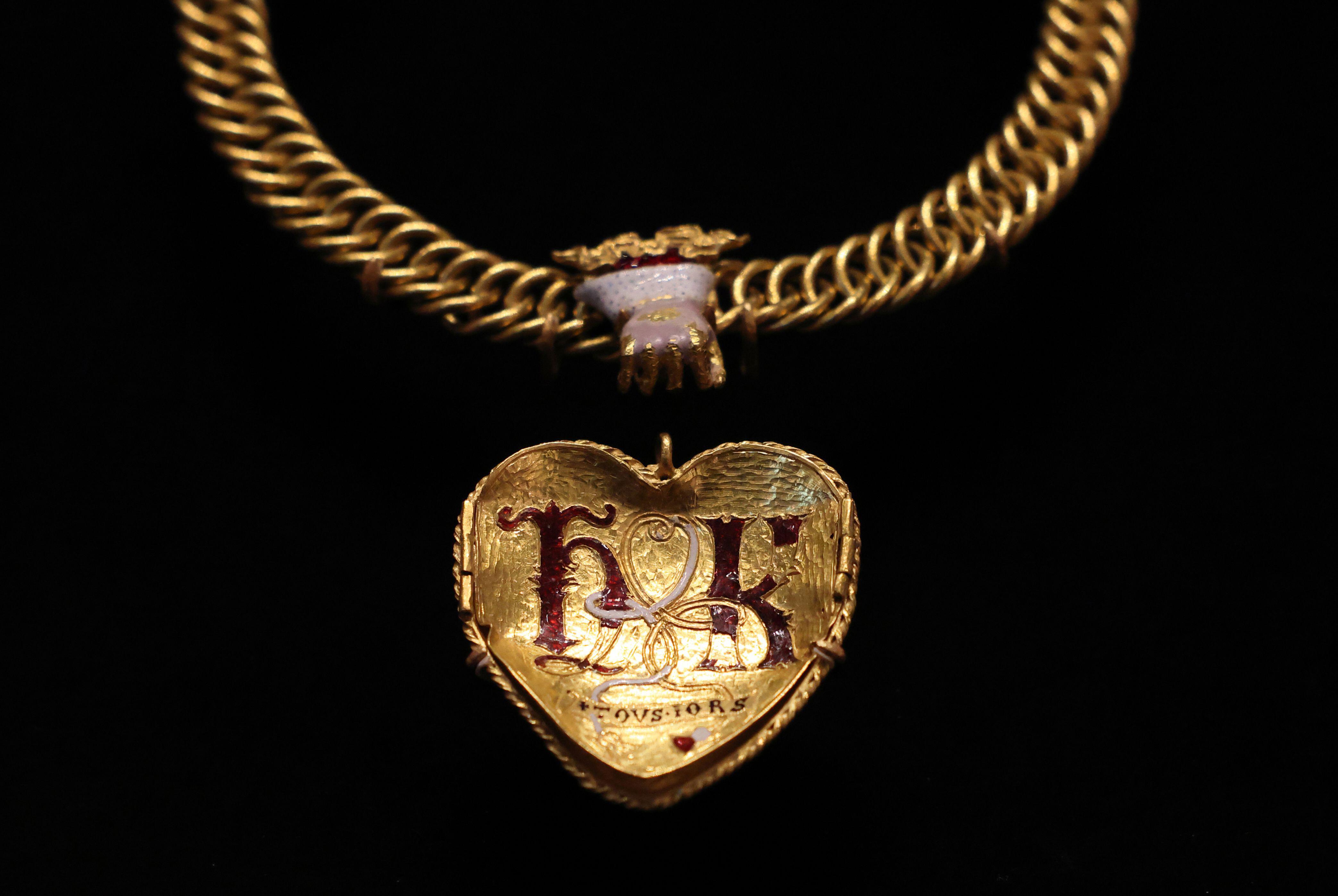Clubs you cannot join
Jeremy Musson looks at exclusive and idiosyncratic clubs made up of heroes, bibliophiles, oenophiles and sportsmen that help define our nation’s character


Military heroes
VC and GC Association
The gallant few servicemen who have been recognised for their outstanding bravery ‘under enemy fire’ and awarded the Victoria Cross are all made members of the VC Association, begun in 1956 on the centenary of the foundation of the award to provide mutual support. In 1962, the association was extended to include those who have been awarded the George Cross, given for outstanding bravery, but ‘not under enemy fire’; thus it includes bomb-disposal experts and policemen. There is a bi-annual remembrance service, normally in St Martin in the Fields, with a reunion dinner held usually in the presence of a member of the Royal Family. Today, there are 33 members of the Association (which includes the RUC and island of Malta). The president is Prince Charles and the chairman Jim Beaton GC.
Eminent members: Lt-Col Eric Twelves Wilson VC, Johnson Beharry VC
The Ejection Tie Club
Too late for Biggles, but the Ejection Tie Club was rather thoughtfully set up by Sir James Martin, of Martin-Baker, the Buckinghamshire-based company that has made ejector seats for fighter planes since the late 1940s. Those fighter pilots and crew whose lives have been saved by being ejected from a Martin-Baker-made ejector seat are entitled to a distinctive tie, worn with civilian clothing. The design incorporates the warning sign seen on all aircraft with an ejector seat. There are about 5,600 members.
Eminent members: ‘Most British test pilots’
Exquisite houses, the beauty of Nature, and how to get the most from your life, straight to your inbox.
Country sports
The Houghton Fishing Club
Membership of the Houghton Fishing Club (HFC) is the dream of every serious fly-fisherman, but is obtainable by only the very fortunate few. Started in 1822, the HFC is the oldest private fishing club in Britain its early chronicles were edited by Sir Herbert Maxwell from the club’s journals. The club owns—and has exclusive fishing rights on —13 miles of the River Test, near Stockbridge in Hampshire. Once known as the Stockbridge Fishing Club, the HFC is famously very private, and has a restricted, elected membership of a mere 25.
Eminent members: Lord Tanlaw, Lord Tryon and the Duke of Northumberland
The Shooting Times
Woodcock Club
The Woodcock Club was founded in 1949. To qualify, members must have shot two woodcock in effectively the same action a right-and-left—with the gun not lowered between shots and in front of two witnesses. It remains a much sought after honour in the shooting world, and, since 1983, the club has been administered by Shooting Times. Members are permitted to wear a club tie and badge and to attend the annual dinner. Currently, there are 1,410 members.
Eminent members: Hon Nicholas Soames MP, Vinnie Jones, Gareth Edwards, Rob Wainwright
The Charlton Hunt Club
The Charlton Hunt Club was started in 1739 to celebrate the longest foxhunting run in history. It was chaired by the Duke of Richmond, master of the Charlton hounds. The club was revived in the 1980s, and holds an annual dinner in the Palladian hunting lodge Fox Hall, as well as a quarterly lunch at Boodles and Brooks’s. It is limited to 35 elected members, principally active foxhunters who have hunted the Cowdray country, the same as that hunted by the old Charlton pack.
Eminent members: the Duke of Richmond, the Earl of March, Simon Rees (chairman)
The Jockey Club
The world-famous Jockey Club plays a central role in the world of British horse racing and owns a sizeable part of Newmarket and several racecourses. It was founded in about 1750, and has been imitated around the world. The first documentary record is of a race at Newmarket in 1752 ‘for horses the property of the Nobleman and Gentleman belonging to the Jockey Club’. It met first in the Star and Garter in Pall Mall, but then moved to the capital of racing at Newmarket, where it still has club rooms. It used to be the sport’s governing body, but ceded the position to the British Horseracing Association in the 1990s. It has 130 elected and 20 honorary members, and its patron is The Queen.
Eminent members: Julian Richmond-Watson, senior steward, the Duke of Roxburghe, the Duke of Devonshire, Henrietta, Duchess of Bedford
Other sports
The Shuttlecock Club
A bruised bottom helps, as the Shuttlecock Club, founded by eight people in 1933, is a society for those who have fallen out at the famous Shuttlecock Corner on the Cresta Run ‘and survived’. The Run is the toboggan run manmade annually for races held by the St Moritz Tobogganing Club. Shuttlecock members are entitled to wear the club tie and attend the annual dinner in St Moritz.
Eminent members: Lord Wrottesley, Lord Dalmeny, Count Luca Marenzi, Marc Fischer
The Royal Cruising Club
The Royal Cruising Club, founded in 1880 by Sir Arthur Underhill and others, is for those who enjoy cruising rather than racing; its first transatlantic crossing was in 1892 and its first complete circumnavigation of the globe was in 1919. Only 400 members are permitted. They must be invited, proposed and seconded, and show true sailing skill.
Eminent members: Anthony Browne (commodore), Libby Purves, Maj-Gen Oliver Roome
Leander Club
Named after the character in Greek mythology who swam the Hellespont nightly to meet his lover, Leander Club was started in 1818 and is widely regarded as the most historic and prestigious rowing club in the world. Leander athletes have won more world and Olympic medals than any other sports club in any sport in the world. In the 19th century, it competed with Oxford and Cambridge crews. The club’s president is Sir George Cox and the captain is Steve Williams. There are 80 members of the athletes squad and a further 3,400 members, elected for what they have done for the sport of rowing, such as competing nationally.
Eminent members: Sir Steve Redgrave, Sir Matthew Pinsent, Sir George Cox, Steve Williams
I Zingari
Garish of blazer, I Zingari is still one of the most fondly cherished of cricketing clubs, which by design has no clubhouse or ground of its own but contests as a touring side—the name is derived from the Italian for gypsies (zingari). Founded in the Blenheim Hotel in Bond Street in 1845, it continues to field sides against public-school, military and country-house elevens. The de facto presi-dent is known as the governor, as the first president was given his title in perpetuity. Today, there are about 250 full-play members, 200 half-play members and 800 non-playing. Membership is by invitation only, by letter from ‘the governor’.
Eminent members: Dennis Silk (‘governor’), David Gower, Christopher Martin-Jenkins, the Duke of Norfolk, the Duke of Westminster
Gardens and woods Wakefield and North of England Tulip Society
Of the many florists’ societies that were set up in the 19th century by amateur gardening enthusiasts, the longest surviving and best regarded amongst horticultural cognescenti is the Wakefield and North of England Tulip Society, which was established in 1836. This is the only society today in Britain devoted to raising new varieties of and conserving old examples of the florist tulip, species of which were first bred by the English a century after the famous Dutch tulip mania of 1638. The tulips can now be seen in many members’ gardens throughout the country, although few are open to the public. The current president is the Duke of Devonshire, and the 221 members include a hard core of ‘showing’ members who support the annual Tulip Show, which has been held in or near Wakefield every year without fail since 1836.
Eminent members: Timothy Clark, Anna Pavord, Katherine Swift
The International Dendrology Society
A love of trees is the sign of a true countryman, and the International Dendrology Society was founded in 1952 for just such devotees, as well as to encourage the study of trees and forestry and related conservation. The society is particularly popular with those owners of landed estates who have parklands to preserve and cherish, such as Laurence Banks, owner of the Hergest Croft estate. The society, which is international in remit, but has its headquarters in rural Herefordshire, organises trips around the world to see the best examples and practices of forestry. Members must demonstrate a serious interest in trees and be proposed by existing members before election. There are about 1,500 members in more than 50 countries.
Eminent members: Laurence Banks, Sir Richard Storey, Bt (chairman)
Wine, books and ancient title-holders
Masters of Wine
Only the truly passionate about wine seek this far. There are only 277 Masters of Wine worldwide, living in 23 countries, who are given their title after passing the stiff examination set by the Institute of Masters of Wine, which was founded in England in 1953 to promote knowledge and understanding of wine. The club is based in the City of London and holds an annual reception in November to welcome the new Masters. Masters of Wine tend to be viticulturists, wine dealers or wine writers. The present elected chairman is Dr Joseph Schuller, MW.
Eminent members: Lord Tedder, Serena Sutcliffe, Jonathan Pedley
The Roxburghe Club
The Roxburghe Club is the oldest and most elite society of bibliophiles in the world. It was founded in 1812 by a group of British book collectors who dined together on the eve of the sale of the library of John, 3rd Duke of Roxburghe, then considered the greatest private library of the age. It became an annual dining society that still meets on about that date and counts among its elected members most of those who have inherited great libraries, collectors and librarians. Members present a ‘club book’ or a scholarly edition from their libraries, which have ranged from a facsimile of the 7th-century Stonyhurst Gospel to Inigo Jones’ Roman sketchbook. The number of members is limited to 40.
Eminent members: the Duke of Buccleuch, the Earl of Leicester, Lady Getty
The surviving hereditary peers in the House of Lords
The 92 surviving hereditary peers who sit in the House of Lords must represent one of the most exclusive of British gatherings, as they are the remaining peers entitled to sit in the house of legislature by right of birth—the inheritance of an hereditary title. In 1999, the number of hereditaries was reduced to 92, chosen by the other hereditary peers to be their representatives. They still include some of the most active and politically experienced of the House of Lords, despite the fact that more than a third sit as cross-benchers, aligned to no particular party. Many sit on parliamentary committees, and they include the holders of some of Britain’s most ancient titles.
Eminent members: the 22nd Earl of Shrewsbury, 22nd Baron St John of Bletso, 21st Baron Willoughby de Broke
Country Life would be delighted to hear of any other unusual and exclusive clubs
Country Life is unlike any other magazine: the only glossy weekly on the newsstand and the only magazine that has been guest-edited by His Majesty The King not once, but twice. It is a celebration of modern rural life and all its diverse joys and pleasures — that was first published in Queen Victoria's Diamond Jubilee year. Our eclectic mixture of witty and informative content — from the most up-to-date property news and commentary and a coveted glimpse inside some of the UK's best houses and gardens, to gardening, the arts and interior design, written by experts in their field — still cannot be found in print or online, anywhere else.
-
 Can you buy happiness? The latest list of Britain's happiest places, and what you could end up with if you moved there
Can you buy happiness? The latest list of Britain's happiest places, and what you could end up with if you moved thereCan you buy happiness? Of course not, but you can buy a nicer house in a better town... and, well, that's probably going to help quite a bit.
-
 Is the British Museum's attempt to save a Tudor-era pendant with links to Henry VIII proof that the institution is on the up?
Is the British Museum's attempt to save a Tudor-era pendant with links to Henry VIII proof that the institution is on the up?After years of neglect and controversy, Britain's premier cultural institution seems to be finding its feet again.
